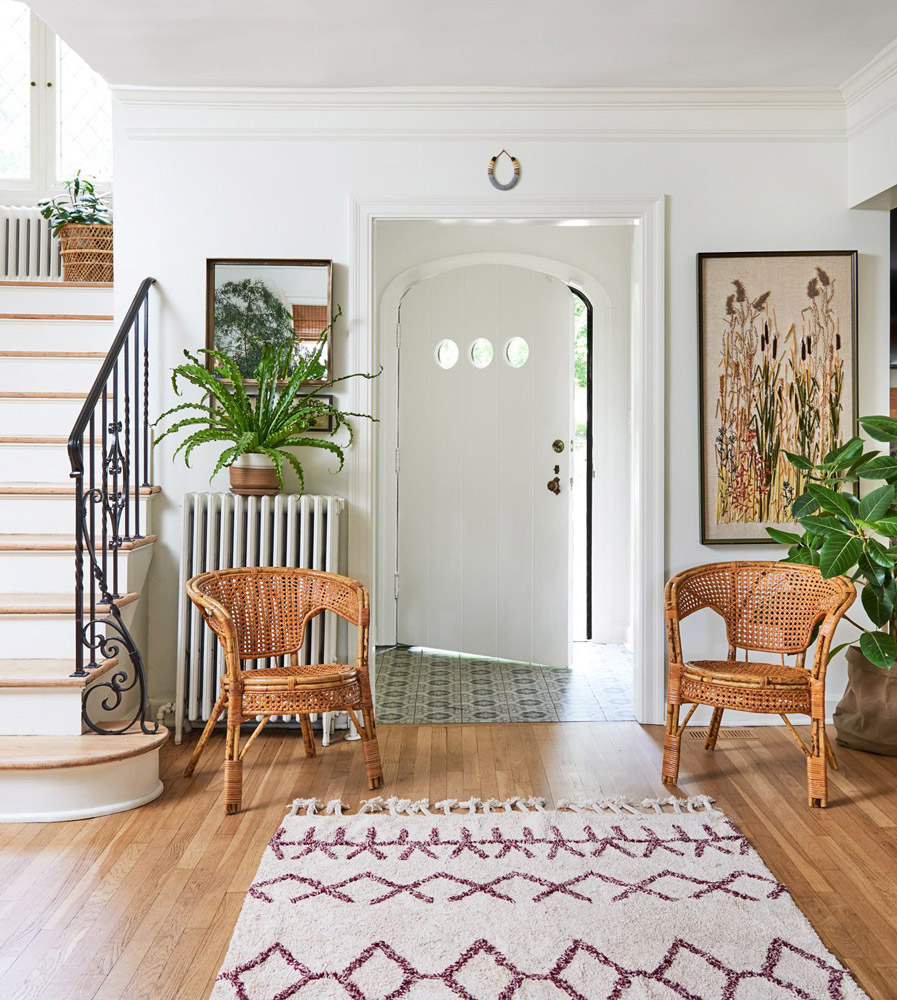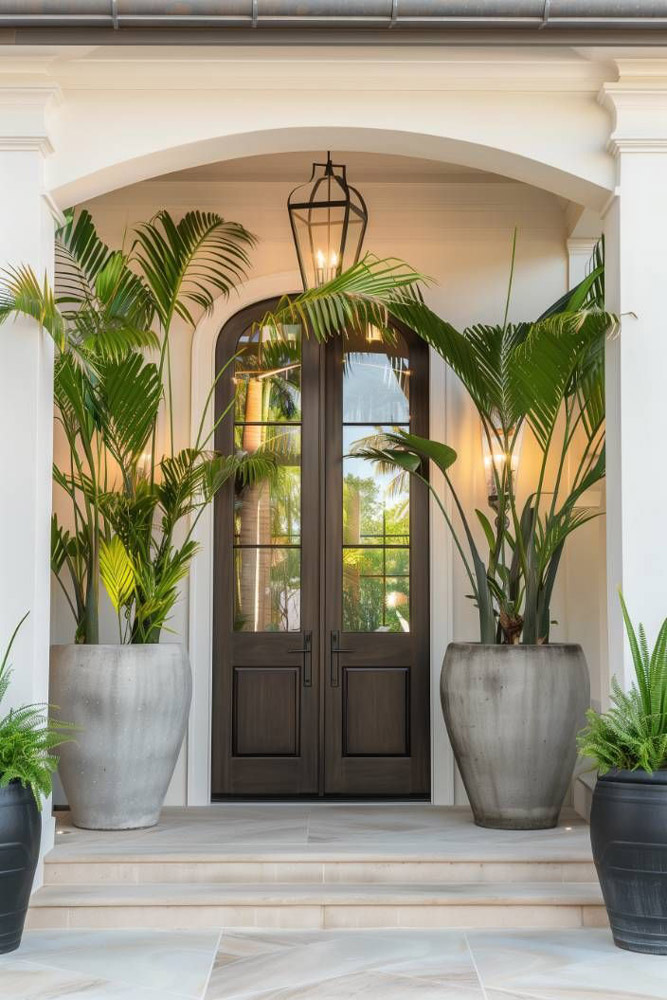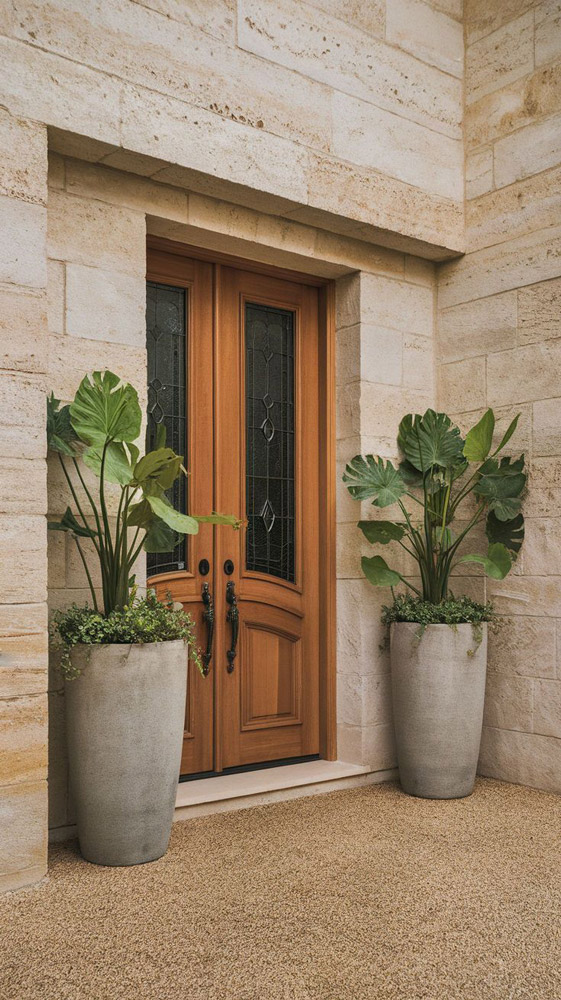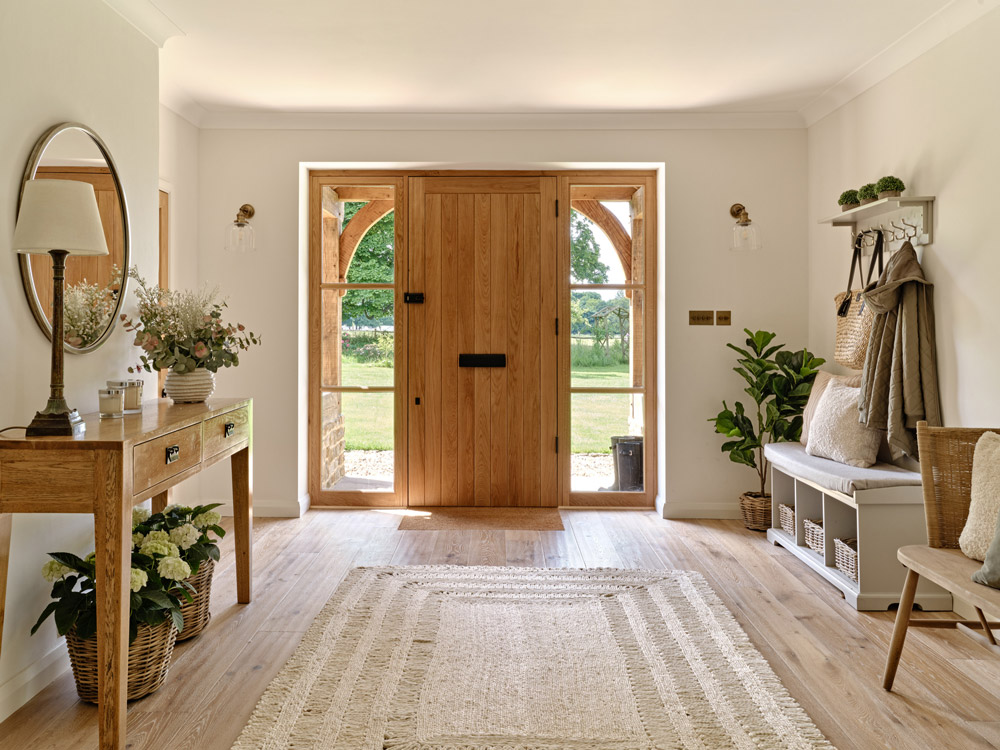The entrance of your home is more than just a pathway indoors. It is the first space guests see and the last they remember. A well-decorated entryway doesn’t just enhance curb appeal or visual aesthetics — it sets the tone for your entire home and helps create a lasting impression.
Whether you have a grand foyer or a modest hallway, decorating your home entrance with thoughtful details can instantly elevate the look and feel of your space. In this guide, we’ll explore practical and stylish ways to transform your front entrance into a welcoming, functional, and beautiful area.
Contents
Why Your Home Entrance Deserves Attention
The entrance serves as a transition between the outside world and your private sanctuary. It holds both practical and emotional value. A cluttered or neglected entry can give off a chaotic first impression, while a thoughtfully designed one communicates warmth, hospitality, and care.
Beyond aesthetics, the entrance also plays a functional role. It’s where you drop your keys, take off your shoes, or hang your coat. When decorated with intention, it becomes a space that both serves and delights.
Essential Elements of Entrance Decor

The Front Door — Color, Style, and Hardware
The front door is the focal point of your home’s exterior. Whether you opt for a bold color like navy blue or a more traditional wooden finish, your choice of door sets the visual tone.
Swapping out old hardware for modern finishes — such as matte black or brushed brass — can make an instant difference. Ensure your door handles, hinges, house numbers, and light fixtures match or complement each other for a cohesive look.
Lighting — Setting the Mood and Enhancing Safety
Lighting is both decorative and functional. Outdoors, consider wall sconces or pendant lights to frame the door. Indoors, layered lighting (such as a chandelier with a table lamp) can add depth and warmth.
In darker spaces, mirrors placed strategically to reflect light can brighten the entryway without adding more fixtures.
Flooring and Rugs — Durability Meets Design
The flooring of your entryway must withstand high foot traffic while still offering a pleasant visual experience. For interior spaces, hardwood, tile, or vinyl are popular choices. A durable and stylish rug can add softness while helping manage dirt from outside.
In exterior spaces, weather-resistant doormats and stone or concrete walkways not only guide visitors but also ground the aesthetic.
Furniture That Works — Consoles, Benches, and Storage
Even a narrow hallway can accommodate functional furniture. A console table offers a surface for decor and essentials like keys or mail. Add a bench for a seating area to remove shoes — especially useful in homes with a no-shoes-inside policy.
Opt for furniture with hidden storage to reduce clutter. Baskets, cabinets, and drawers help keep the area clean and efficient.
Decorative Accents That Reflect Personality
Once the functional foundation is in place, it’s time to layer in personality. A round mirror can add dimension and make the space feel larger. Vases, sculptures, candles, or a piece of artwork personalize the environment.
Use trays or catchalls to organize small items while adding a decorative flair. This allows your space to remain tidy while feeling lived-in.
Plants and Greenery — Bringing Life to the Entrance
Adding plants to your entrance is one of the easiest ways to breathe life into the space. For outdoors, use symmetrical planters to flank the door or line a path with low-maintenance shrubs.
Indoors, consider a snake plant, fiddle leaf fig, or pothos — all great for entryways due to their durability and visual impact. Hanging plants or small potted herbs can also be charming in tighter spaces.
Style Tips for Different Entrance Types

Small Entryways or Hallways
Maximize vertical space with floating shelves, wall hooks, or narrow furniture. Mirrors help reflect light and visually expand the area. Stick to light, neutral colors to prevent the space from feeling cramped.
Open Concept Foyers
Use rugs to define the entrance zone within a larger space. Pendant lights or ceiling fixtures can add drama, while statement furniture can help ground the area.
Exterior Front Entrances
Line walkways with lighting or pavers to guide guests toward the door. Use landscaping, a porch swing, or a seating bench to extend the functional area outdoors. Don’t forget seasonal decor to keep the look fresh throughout the year.
Color Psychology and Styling Cohesion
Color plays a powerful role in setting the mood of your entrance. Soft neutrals evoke calmness, while darker hues can feel more formal or dramatic. A red door may convey energy and warmth, while a sage green offers natural harmony.
Ensure the color palette of your entrance aligns with or complements your interior decor. Cohesion helps create a seamless flow from the moment someone steps inside.
For creative flair, consider an accent wall or wallpaper. This is especially impactful in narrow spaces where full-scale decor is limited.
Budget-Friendly Entrance Decor Ideas
Decorating doesn’t need to be expensive. Try these affordable upgrades:
- Paint the front door for under $30
- Repurpose old furniture like a vintage stool or cabinet
- DIY wall art or mirror frames
- Use seasonal wreaths and switch them throughout the year
- Shop second-hand for console tables or lighting fixtures
- Create a gallery wall with inexpensive prints or family photos
With creativity, even small changes can dramatically improve the entrance’s appearance.

Cultural and Traditional Entrance Decor
Depending on your background or region, certain traditional entrance decor elements might hold significance. In Indian homes, for example, a toran (decorative hanging) above the doorway symbolizes positivity and auspiciousness. In East Asian traditions, red symbols or lanterns may protect the home and invite good fortune.
Incorporating meaningful cultural elements adds depth and personal relevance to your space.
Practical Tips for Entryway Success
- Keep it clean: A cluttered entrance can feel stressful and uninviting. Use closed storage where possible.
- Think safety: Choose non-slip mats and ensure lighting is bright enough for nighttime visibility.
- Plan for weather: If the entrance is exposed to elements, opt for water-resistant furniture and mats.
- Measure before you buy: Avoid overcrowding small spaces by double-checking dimensions.
Final Thoughts
Your home entrance is the first and last moment of every visit — including your own return home each day. By giving it thoughtful attention, you’re not just decorating a space; you’re creating a transition that’s functional, welcoming, and full of personality.
Start with the basics — lighting, furniture, and flooring — then layer in style through color, greenery, and meaningful decor. Whether your entrance is large or compact, indoor or outdoor, it holds the power to uplift and inspire. Make it count.

